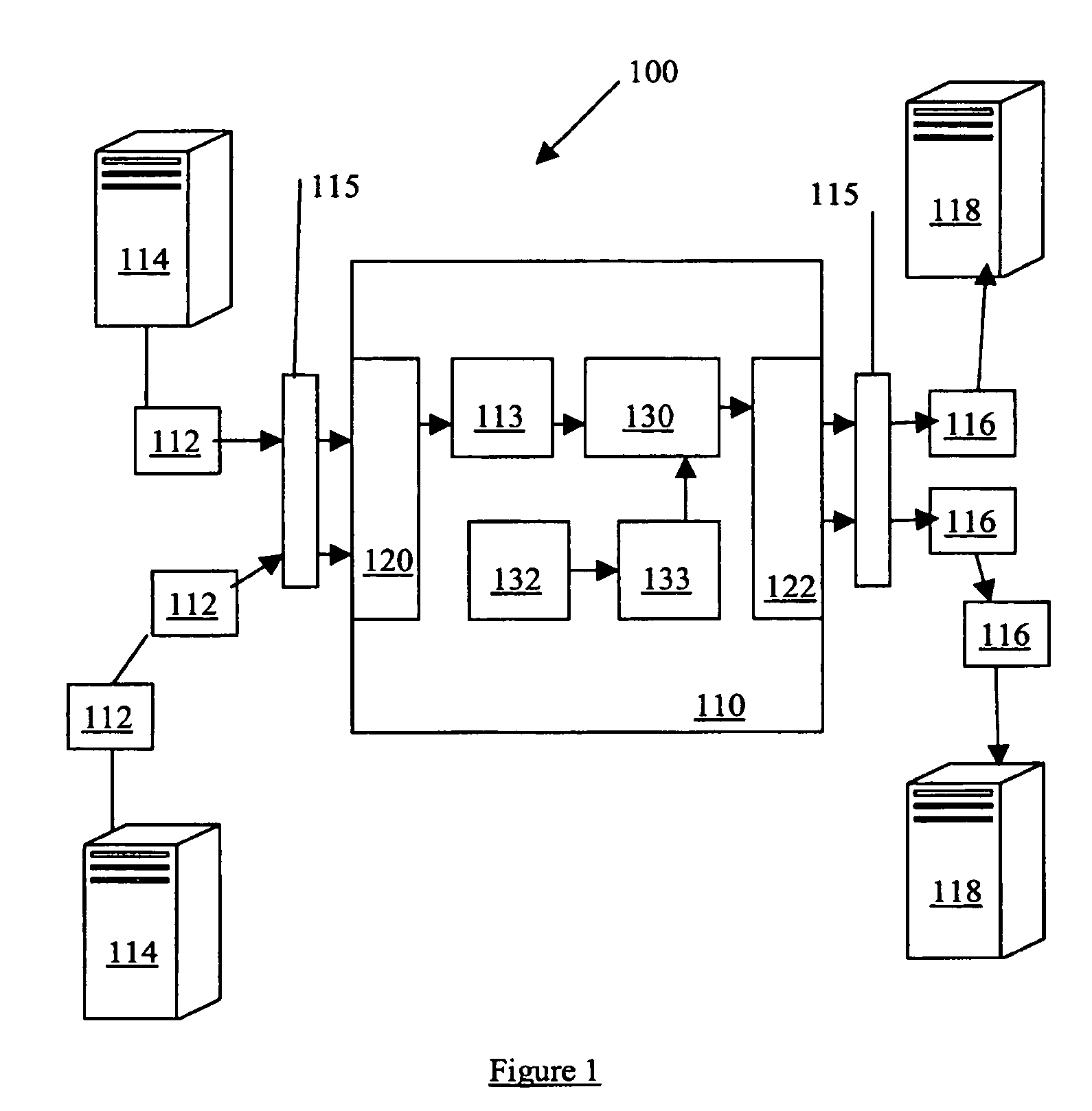Method and apparatus for parallel sequencing of messages between disparate information systems
a message and information system technology, applied in the field of parallel processing of messages, can solve the problems of increasing the risk, blocking up the entire message queue, and creating undesirable downtime, and achieve the effect of facilitating the storage of the plurality of messages when received
- Summary
- Abstract
- Description
- Claims
- Application Information
AI Technical Summary
Benefits of technology
Problems solved by technology
Method used
Image
Examples
example message 112 , 116
Example Message 112, 116 Types
[0057]The input messages 112 received by the interface engine 110 comprise both related and unrelated message content. It is recognized that the input messages 112 received by the interface engine 110 are for multiple non-related entities (e.g. patients), with groups of the input messages 112 associated with the same unique message ID 202. It is noted that the coordinated transmission of the corresponding output messages 116 of each patient message group is managed by the sequencer module 132 based on the input message 112 order defined by the comparable sequence indicators 204. The priority given to the sequence indicators 204 can be configured by a system administrator, based on the criticality of the data contained in the input message 112, e.g. updates to patient address information versus diagnosis data to be used for scheduling of surgery. The following gives example message types having various degrees of priority.
[0058]Full demograph...
PUM
 Login to View More
Login to View More Abstract
Description
Claims
Application Information
 Login to View More
Login to View More - R&D
- Intellectual Property
- Life Sciences
- Materials
- Tech Scout
- Unparalleled Data Quality
- Higher Quality Content
- 60% Fewer Hallucinations
Browse by: Latest US Patents, China's latest patents, Technical Efficacy Thesaurus, Application Domain, Technology Topic, Popular Technical Reports.
© 2025 PatSnap. All rights reserved.Legal|Privacy policy|Modern Slavery Act Transparency Statement|Sitemap|About US| Contact US: help@patsnap.com



